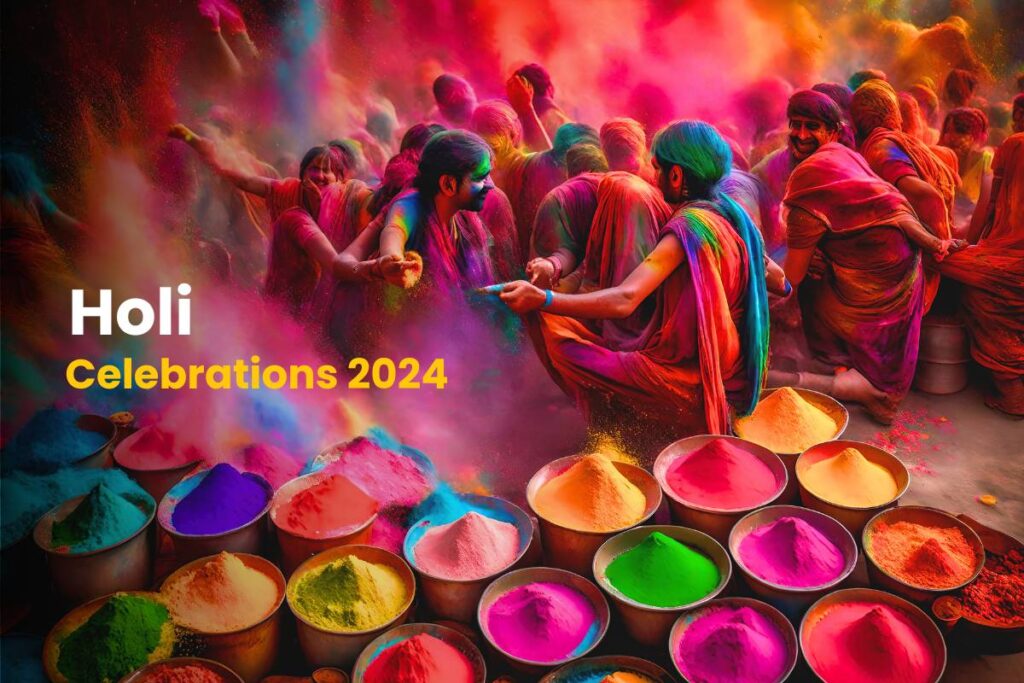BILKULONLINE
FESTIVAL Special
Ahmedabad, March 24: Holi, also known as the Festival of Colors, is a popular Hindu festival celebrated primarily in India and Nepal. It signifies the victory of good over evil, the arrival of spring, and the end of winter.
The festival is celebrated with great enthusiasm, with people throwing colored powders (gulal) and water at each other. It is a time of joy, forgiveness, and the renewal of relationships. Holi is also associated with various legends, including the story of Prahlad and Holika, which highlights the triumph of devotion and righteousness over evil.
Holi is a time for communities to come together, celebrate, and enjoy each other’s company. It is a colorful and vibrant festival that is celebrated with music, dance, and delicious food.
During Holi, people use a variety of colors to celebrate. These colors are often in the form of powders (gulal) and water-based dyes. The colors used in Holi celebrations are typically bright and vibrant, symbolizing the arrival of spring and the joy of the festival.
Common colors used in Holi celebrations include:
Red: Represents love and fertility.
Yellow: Signifies the color of turmeric, a common spice and also represents prosperity.
Blue: Associated with the Hindu god Krishna and represents calmness and the sky.
Green: Symbolizes new beginnings and the harvest.
Pink: Represents happiness and joy.
Purple: Associated with the enchantment and mystique of the festival.
Orange: Represents warmth and enthusiasm.
These colors are used to playfully smear on each other’s faces, spray with water guns, and throw in the air, creating a vibrant and colorful atmosphere during the festival.
